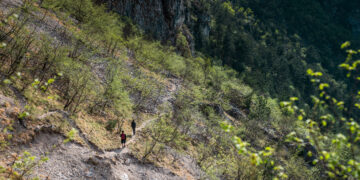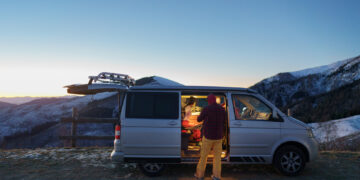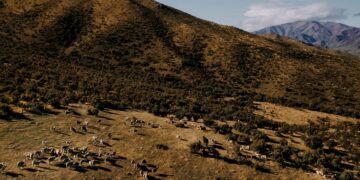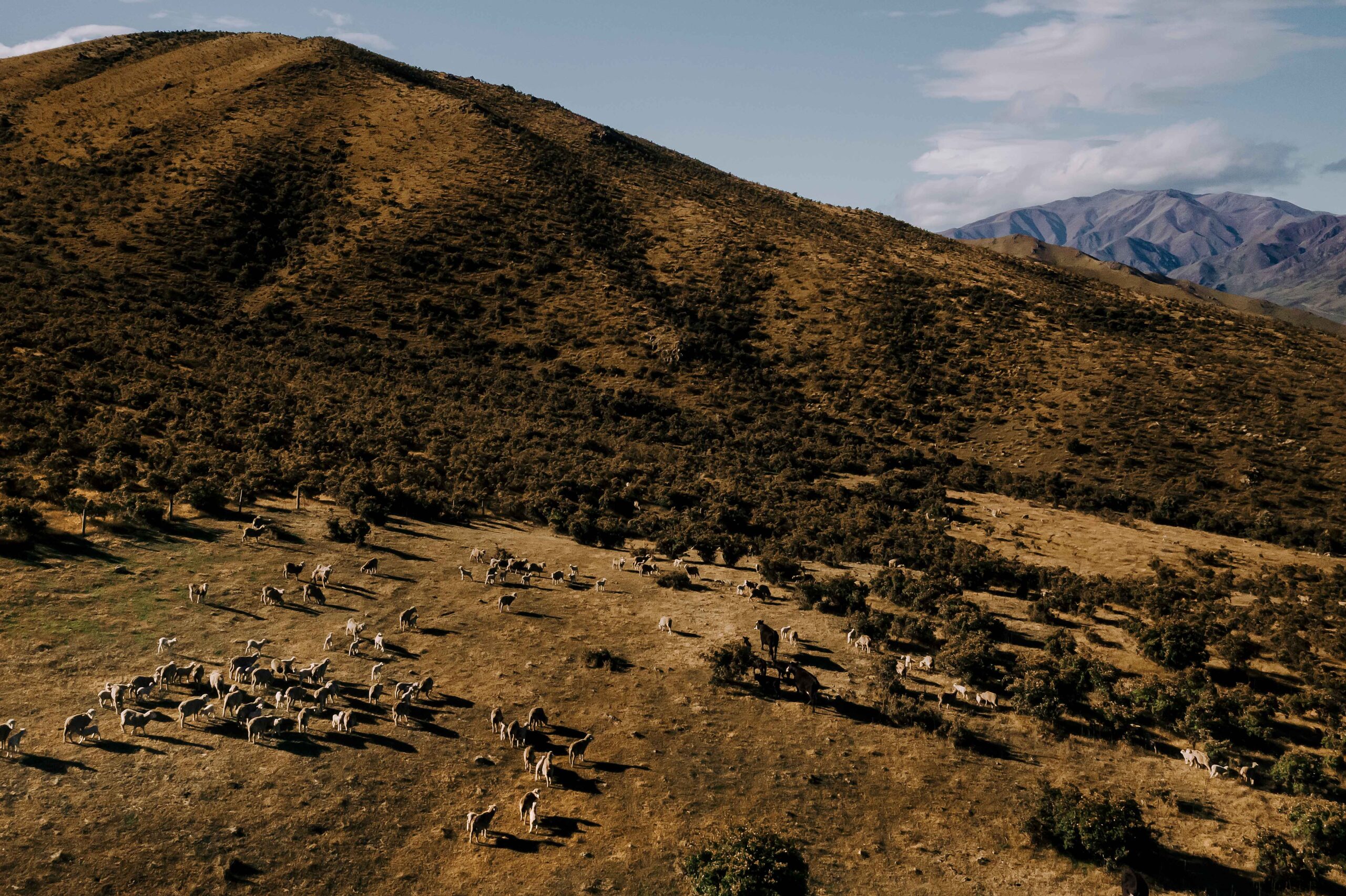Among the distinctive features of Rewoolution there is the use of a precious and sustainable raw material such as Merino wool for sportswear, thanks to the application of the cutting-edge technology on which Reda Active fabrics are based. Precisely for this reason, on the occasion of the second appointment of the “All about sustainable wool” section, we decided to continue the wonderful journey of wool passing to the shearing phase and sale of the precious raw material involved in the production.
Discover all the secrets of wool selection and auctions with Fabrizio Botto Poala, Sourcing Manager of Successori Reda, expert in raw materials and fine wool, as well as Head of Reda’s farms in New Zealand.
Why did Reda decide to invest in farms in New Zealand?
“Because in 1993 an apartment in Tokyo, Japan cost as much as 10,000 hectares in New Zealand, at that time it seemed like a nice way to diversify the business. In fact, the real reason why Reda invested in New Zealand is to be able to fully learn the knowledge of the raw material, wool. To do this we had to “get our hands dirty”, we had to live alongside the breeders, understand their language and face the same challenges. Breeders are strategic partners for Reda and to have had the opportunity to enter and understand part of their world was an honor.“
So how long have you been active in New Zealand? “Next year we will celebrate the 30th anniversary, a great achievement for Reda.”
How does Reda’s farm system work in New Zealand and how much is it related to the direct supply of raw material?
“Like all Reda divisions, the farms are independent, in the sense that they must be economically viable. In each of them there is a dedicated manager who works with passion, and is supported by the group. Reda farms can produce 600 bales of wool, which if purchased in full is equivalent to a week of production in Reda. They are therefore not strategic for the supply of wool, but for the know-how they allow us to acquire. The goal for farms is to produce a product for the market, at the best possible selling price. If the wool produced is suitable for Reda we will also offer our price, but if there is another customer ready to pay more, welcome.”
What are the challenges faced by Merino Wool sheep farmers?
“The most difficult challenge that any merino sheep farmer faces is that of climate. Climatic events, droughts, rains, winds, are the only things that are difficult to predict, and each of them can significantly influence the quality of the product, or wool. A good manager knows how to react to these events and mitigate these variations as much as possible.“
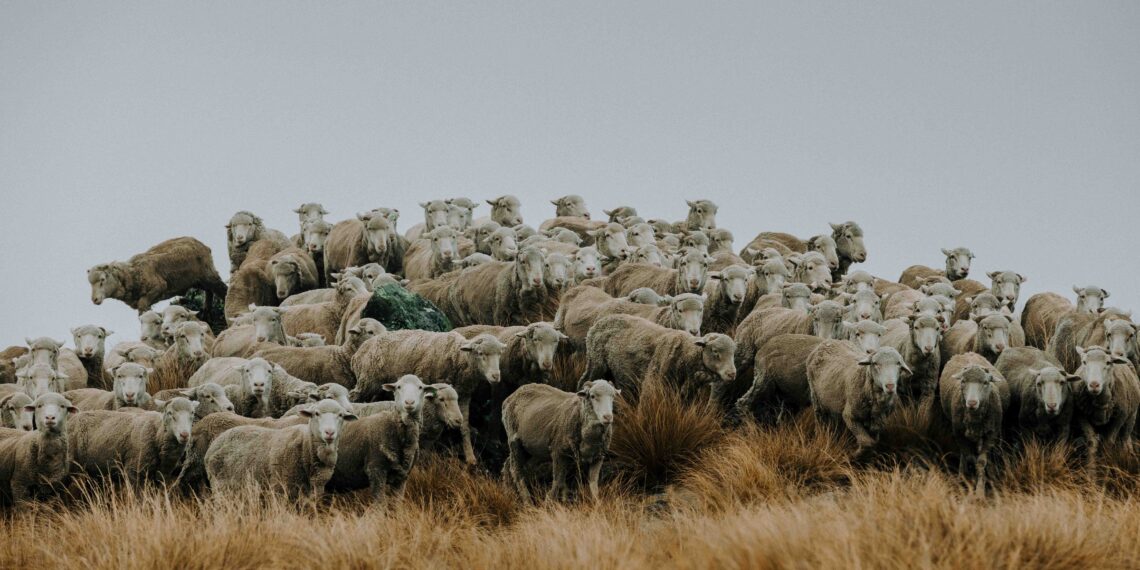
What makes the wools used by Reda for the production of its fabrics unique?
“The obsessive constant search for quality. If we start from an excellent raw material we will be able to be more efficient during all stages of transformation, and reduce the costs caused by the non-quality of the fiber. Being faster at producing thread or fabric and at the same time reducing defects make us a quality company. As a great American writer said, “Quality improvement is the main source of cost reduction.“
When does the wool shearing take place and what does it involve?
“The shearing activity takes place towards late winter/early spring (September/October), and it is the time when the fleece is removed from the sheep. Shearing, like the harvest, is the most delicate moment on the farm. It represents the moment in which the fruits of the work of the last 12 months are harvested, and we realize if the product, the wool, is of quality or has undergone variations that can somehow reflect on the quality of it. A quality product will always find customers ready to buy it, a product with defects will suffer discounts from the market. These are hectic weeks, where you start working at 7 am and where the music is always loud, this helps the team of shearers and discarders to keep up with high rhythms.
It’s definitely an experience to include in the list of things to see.“
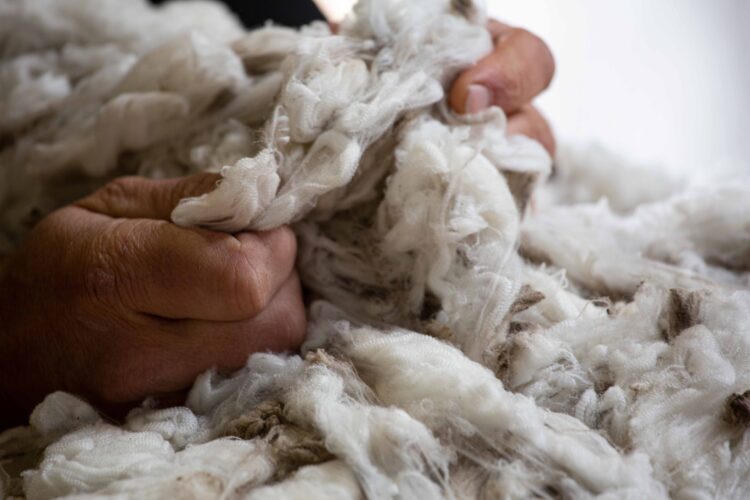
How does the selection of the raw material work?
Once the fleece is obtained as a result of the shearing, the fiber is spread on a table and the discarders take care of selecting and dividing the fleece according to certain characteristics quickly and meticulously. The wool taken from the back, for example, will be separated from that of the legs and belly which are considered less valuable because of the naturally present impurities that are reflected in the quality of the fiber. For this reason, the first stage of selection is particularly important.
Afterwards, the wools thus selected are sent to the places where the auctions take place.
“Batches of raw material are made available to buyers for visual inspection. In addition, a whole range of physical data regarding the batch is provided, for example, fineness, length, yield, percentage of vegetable and strength. For Reda the visual inspection, the ability to touch, test the batch is a fundamental requirement. Only after the inspection can we give our qualitative assessment. If the subjective evaluation coincides with the numbers provided by the analyzes, we can enter the type, if something does not fit we recheck and retest the lot, until they eliminate any doubt.“
Can you tell us about the world of auctions?
“Auctions are the way to sell wool as transparently as possible, where prices are decided according to supply and demand, and we have always supported them. It is the moment when the breeder “virtually” meets the buyer. Each batch of wool is auctioned and every buyer, if interested, can make his offer. The rhythms are very fast, the lots to passed are many and time is short. There are about ten buyers who buy wool all over the world, mainly from Europe, China and India. The buyers have all known each other for many years, they are people who at the end of the evening can be at the pub for a beer, but during the auction they fight over every single lot.“
What do you think will be the future of wool and the possible innovations that will involve the world of wool?
“We have seen disruptive changes in many sectors, for example in the automotive industry the arrival of Uber or for hospitality the arrival of Airbnb. Even in the world of wool I think that important innovations will soon arrive. Digital innovation is one of these that will involve the entire supply chain, from the breeder in the management of the farm, to the brokers, to the buyers with regard to the wool trade. Changes are never easy to accept, but they are a stimulus to improvement and those who adapt faster will certainly benefit.”
How will the consumer’s approach change, if it changes, over the years?
“It is certain that the consumer’s approach will change, and today we are thinking about how the consumer of tomorrow, that is, our children, what we call Generation Z will approach the purchase of products. We have bet that sustainability will be the keystone in the future decisions of all consumers, regardless of the type of product they buy. There is more and more attention to the level of environmental impact, and those who tomorrow prove with certainty that their product has a lower impact than others will be more successful.
This was our bet made way back in 2000. A sustainable company is not born overnight, but becomes so after many years of work by everyone, from the CEO to the operator who works on the frame.“
What makes Rewoolution a unicuum in sportswear? Which garment do you prefer among those of Rewoolution?
“Difficult to choose, it’s like asking the winemaker if the wine he produces is good. Surely Rewoolution creates a product that I would call cool, uses 17.5 microns fine wool, is versatile, can be used both by those who practice sports or to live outdoors and is worn well both in winter and summer, it is something very interesting.
Personally, my favorite product is the polo shirt, simple but at the same time elegant.“

